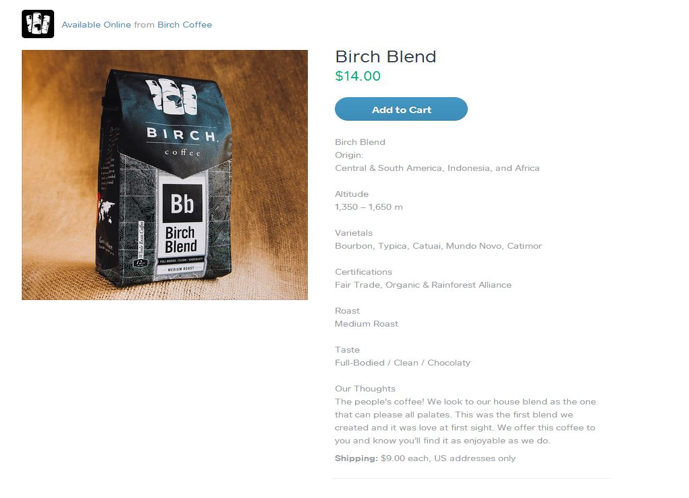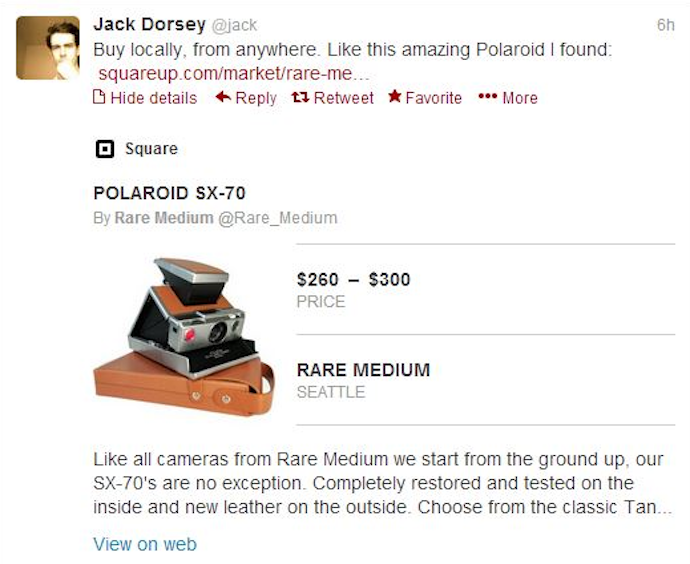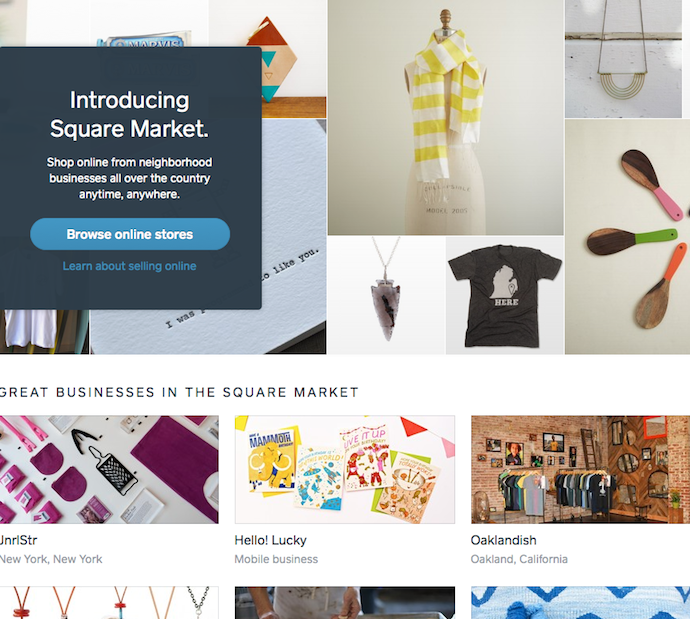Square Market Depends On Twitter To Buy And Sell Products And Services
On June 25th, 2013, Square launched an online marketplace that allows anyone to buy and sell anything and everything. You may be thinking these types of services already exist. You would be correct; they are called eBay, etsy, Amazon, and Craigslist. What makes the Square Market different is what’ll be covered in this article.
From local to global in a flip of a switch: Square market. https://t.co/Ph7B3ctrDr
— jack (@jack) June 26, 2013
To start with, anything from handmade tangible items like jewelry and Tupperware, to services like yoga lessons or haircuts, can be sold on the Square Market. Once a seller sets up a store, anyone across the U.S. has access to it. This move by Square is a logical one. Since Square has established a dominant presence in the mobile payment department, they can now expand to where mobile payments are being used.
“We’re focused on making easy-to-use tools for merchants that create an incredible experience for their customers—no matter where they are. Creating an online marketplace is our next step in making commerce easy for everyone,” said Ajit Varma, Square’s Director of Discovery. “Square Market makes local businesses accessible to customers down the block and across the country.”
A scenario of this I see being useful is through consulting. Imagine you are meeting a client at a Starbucks for an hour long session. The person seeking the consulting service could use their app to send the money to the consultant once they arrive. The fluid transfer of currency not only allows for convenience, the seller (in this case, the consultant) has a record of the transaction in their Square Market account.
After spending some time navigating through the Square Market, I have to admit that the design of it is pretty slick. The Square Market does not bombard you with a ton of information like eBay or Amazon. It is very clear that the Square Market intends to get people buying and selling as conveniently as possible — it’s not about the glitz and glamour, it’s about the product being sold. Square Market users can get their store up and running in minutes. Once they have a Square Market home page, they can add their library that will sync with Squares payment and register app. Square takes a 2.75 percent fee per online sale. Aside from that one fee, the entire service is free.

Image via Square Market
Square Market vendors can add visual content, like photos, or other important information, like hours, and location. This is pretty standard for online market sites. Some of the more unique features of Square Market include the toggling of on rewards programs or first-visit specials and a “news ticker” in the form of a Twitter feed. It would make sense that Twitter would find a way to be a part of this service. After all, Square was created by the same people behind the popular social messaging platform.
But the most interesting thing about the Square Market is how it ties into Twitter cards. For example, here is how a shared Square Market link looks in Twitter:

Image via Twitter/Jack Dorsey
As you can see, a shared link from the Square Market on Twitter shows the item’s picture, price, description, and link to where you can buy it. This is the final selling point that makes the Square Market important; it creates a way to buy and sell easily through the use of Twitter, a place where people are already making transactions through tweeting and retweeting.










































